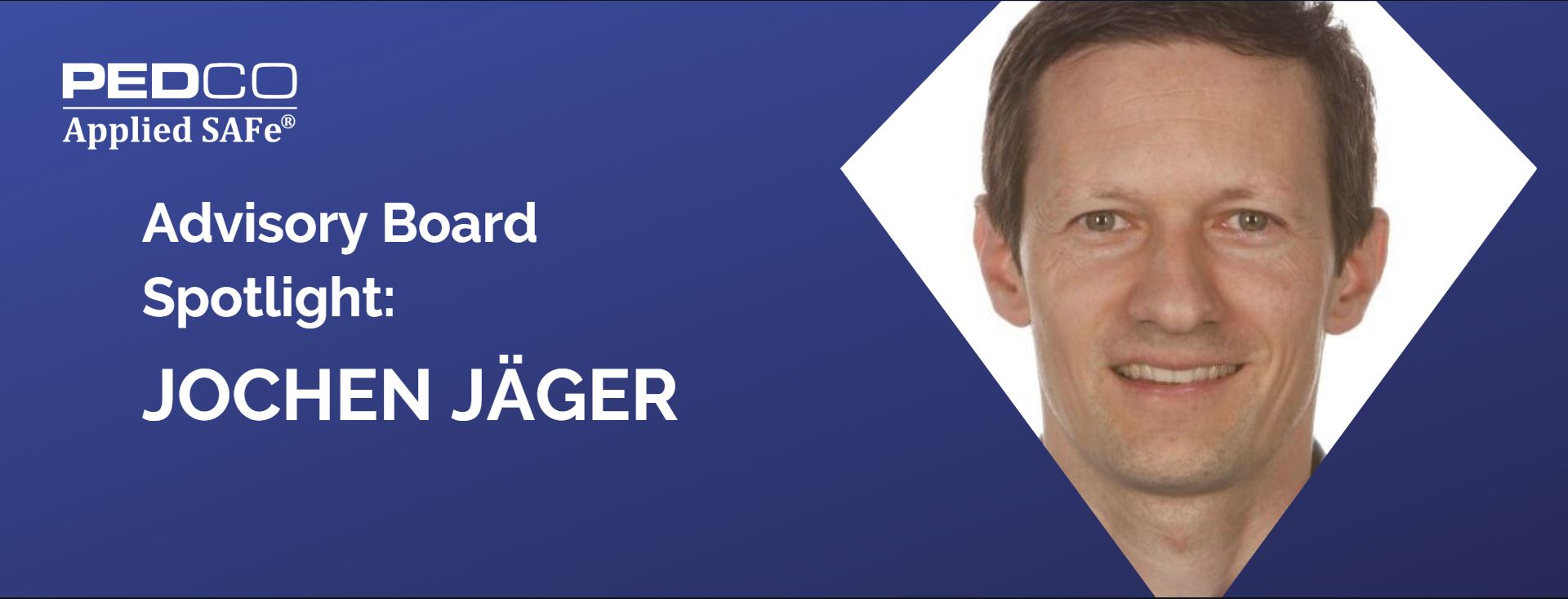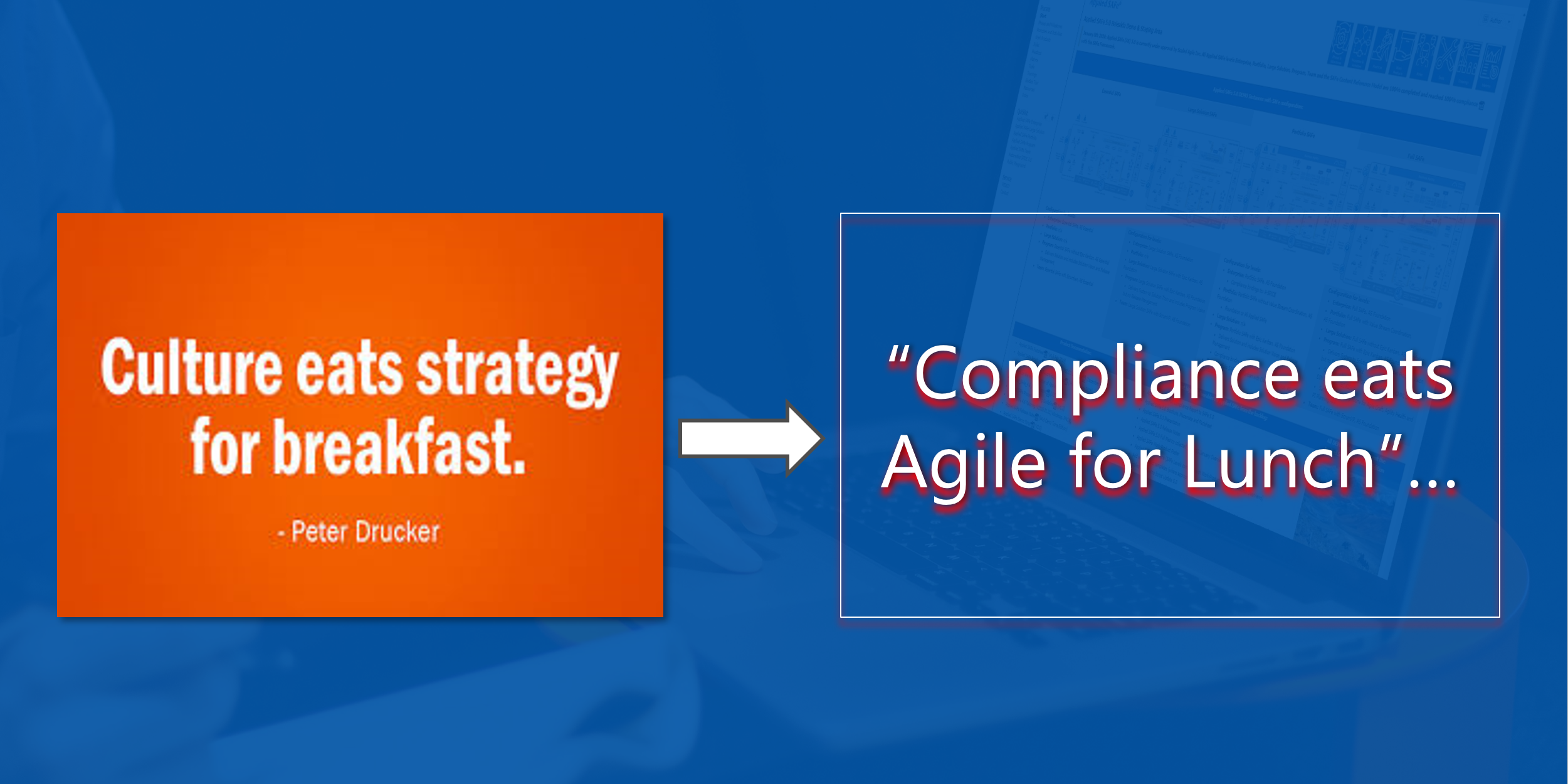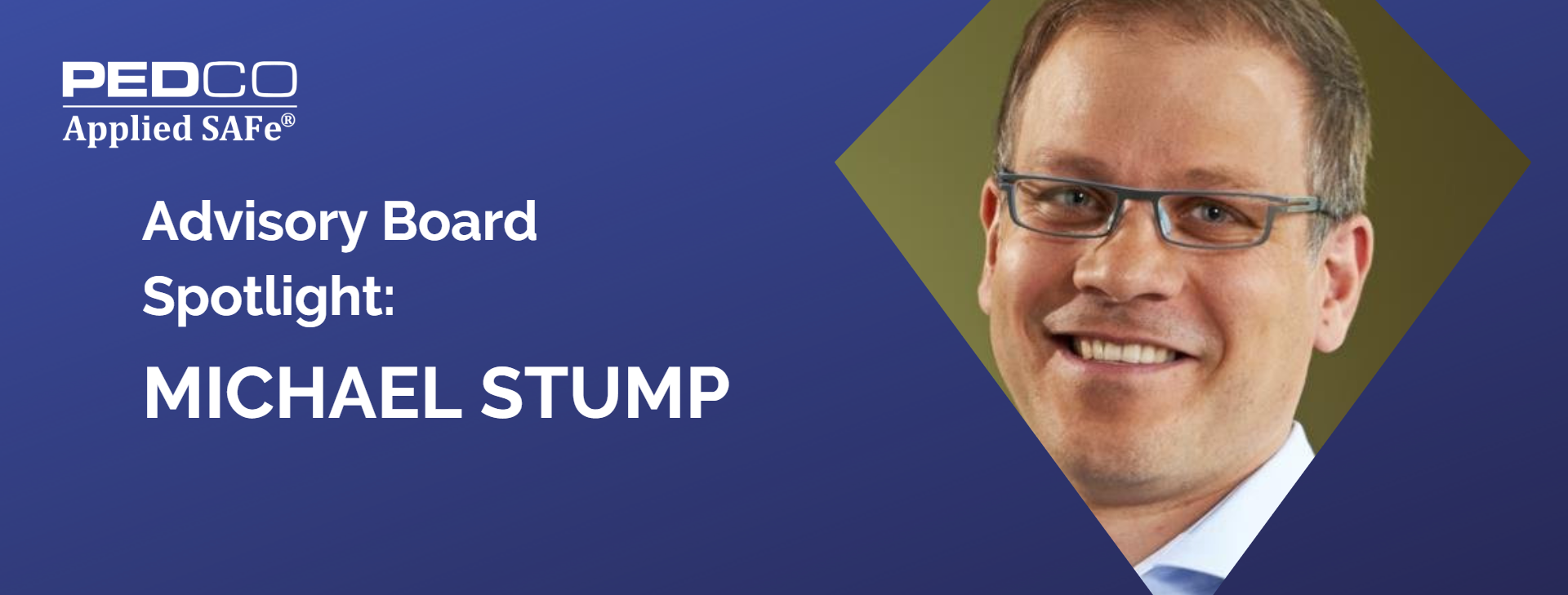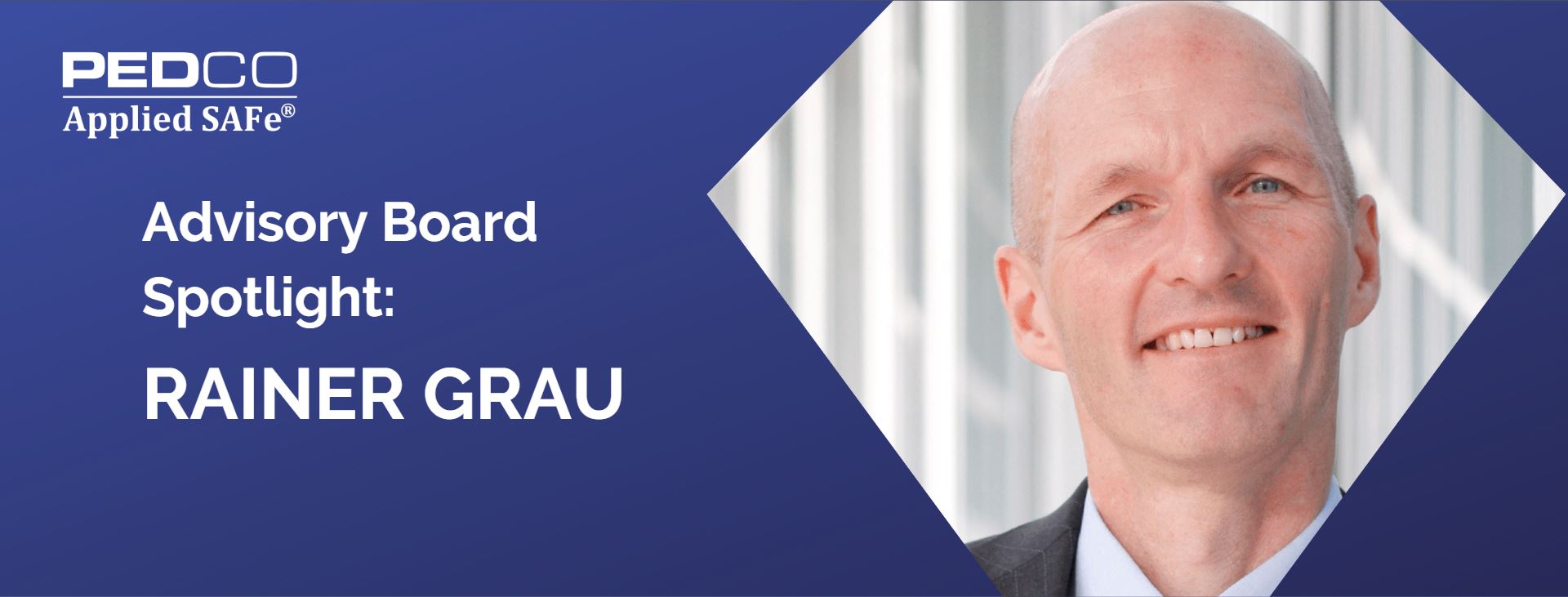Every month PEDCO will highlight a member of our Advisory Board through a Q&A session we have done with them. This month we spoke with Dr. Jochen Jäger, Quality functional lead at Roche Diagnostics.
Dr. Jochen Jäger graduated from the University of Washington, Seattle in computer science in 2002 and obtained a PhD in computational molecular biology from the FU Berlin and the Max Planck Institute for Molecular Genetics, Berlin in 2006. He has more than fifteen years experience in the medical device industry and currently supports IT and pre/post analytical devices as a quality functional lead.
Dr. Jäger is also a co-author of the ‘Technical Information Report’ TIR45 with the title ‘Guidance on the use of AGILE practices in the development of medical device software’. The paper is published by AAMI (Association for the Advancement of Medical Instrumentation) see more: https://www.pedco.eu/2.0/
Read our conversation with Dr. Jochen Jäger:
Tell us about yourself, how did you get to where you are today?
As with many things in life it is a combination of perseverance and coincidences. By nature, I am extremely inquisitive and eager to learn. That’s why I spent quite some time in academia gathering a diploma, a master and a PhD in computer science and computational biology. On the other hand, I do enjoy working on practical, innovative and smart solutions, especially when they are meaningful. So, I shifted to the healthcare industry, helping to improve patients lives.
That is where I am now for 15 years in various roles, most recently in the role of a digitalization lead.
As a co-author of the TIR45, can you summarize how Agile practices can be used in the development of medical software?
Firstly, one of the reasons why we wrote TIR45 was to remove the urban myth that agile cannot be applied in healthcare. Agile methodology per se does not conflict with regulatory requirements for medical devices. On the contrary, agile methods can add value by enhancing customer focus and efficiency. However, medical device companies need to assess and adapt their quality systems and procedures to a) include agile methods and b) adapt the agile methods so that they are compliant to regulations. The goal is to apply agile within the context of a quality management system (QMS) and use agile to efficiently develop products while producing the necessary artifacts to satisfy the QMS.
What excites you most about Applied SAFe?
That it is a unique fusion of easy to use best in class process management and scaling agile.
What are the benefits you see in Applied SAFe when it comes to compliance? Specifically in the medical field.
Especially in the medical device industry compliance is crucial and it is not easy to adapt the historically grown, rigid structures to allow a new framework. Many companies struggle here with the integration of scaled agile (or even agile/scrum) into their QMS and having a compliant, effective and efficient solution. Applied SAFe can really help ease the transition to establish both: scaling agile within the organization and having a tailor made process management platform that fits into the QMS.
What motivates you?
Having a common goal, seeking a simple solution to a meaningful and complex challenge and working with a team of passionate people, learning from each other and complementing each other.
How do you see the future of SAFe and Applied SAFe?
According to the “state of agile report” SAFe has acquired a significant market share and continues to be the most popular scaling method. I have no doubt that this trend continues.
As many companies struggle to apply SAFe in a regulated environment and Applied SAFe can fill this niche I am confident that a brilliant future lies ahead.



